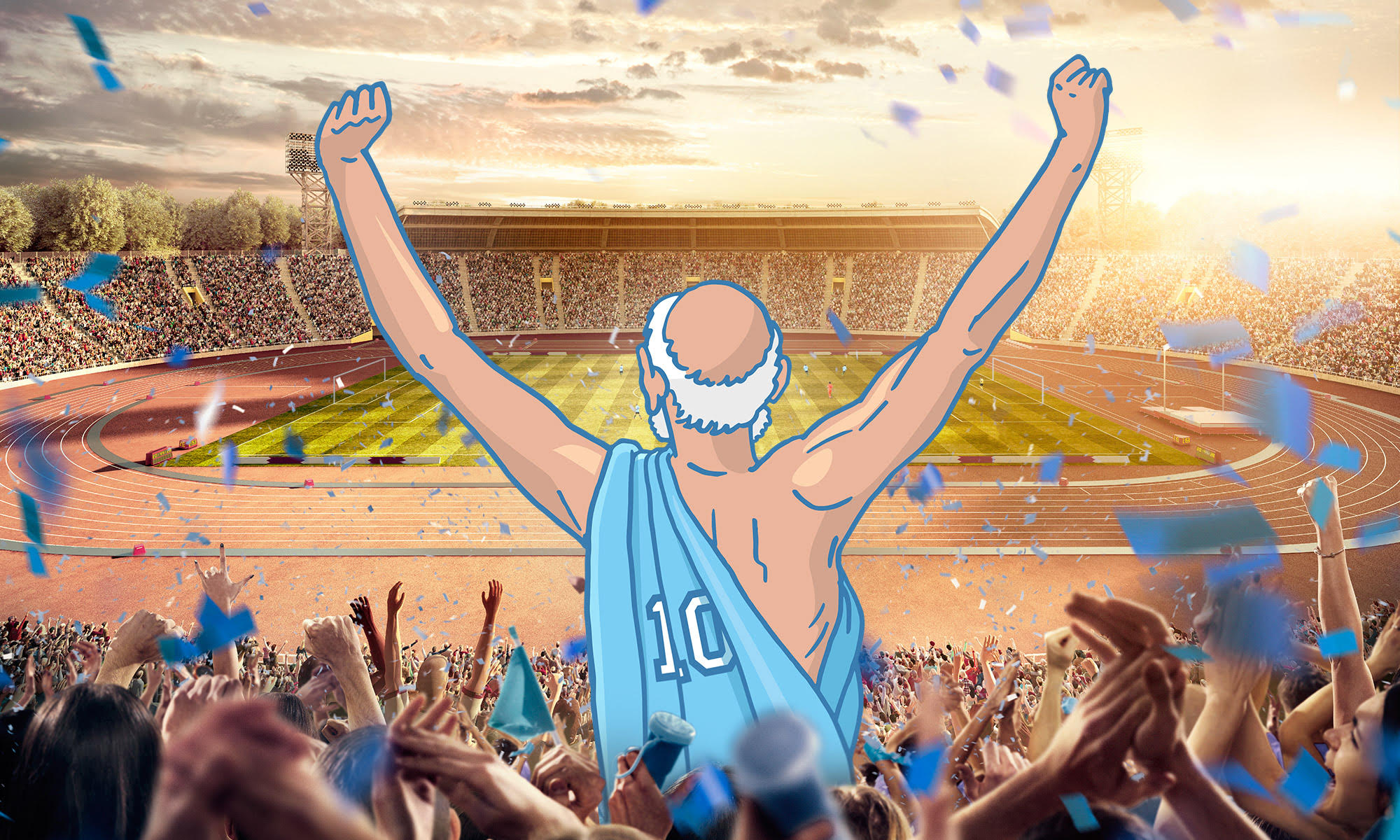Any system that follows the cybernetic cyclus can be described as a cybernetic system. The cybernetic cycle is:
- Activate a goal.
- Select an action to achieve this goal.
- Execute the selected action.
- Interpret the results of the executed action.
- Compare the interpreted result with the selected goal.
- If the activated goal is achieved or achieving this goal takes too much time, go back to step 1. Otherwise, go back to step 2.
Football follows this cybernetic cycle:
- The goal of football is to score more goals than the opponent.
- In order to achieve this goal our team selects actions to attack.
- Then the team actually attacks.
- The team looks at the result of the attack.
- The team compares the result of the attack with the goal of scoring more goals.
- If we scored a goal we go back to step 1 to activate another attempt to score. If we did not score, but lost the ball we go back to step 2 but this time we select actions to defend and prevent the opponent from scoring.
This blog is about my speculation that the tactics and strategy of football can best be described and understood as cybernetic systems and subsystems. In two senses this is easy to achieve. Human personality is best described by Cybernetic Big Five Theory (CB5T) and organizations including football clubs can best be modelled by the Viable System Model (VSM). Both VSM and CB5T are explicitly cybernetic in nature. Nevertheless, this blog will focus on the hard question: can the actual play on the field be described cybernetically in such a way that cybernetics becomes a valuable tool for the manager. It’s my belief that this is the case, yet I haven’t figured it out myself, unlike the parts of the football philosophy encyclopedia on this site, which is mainstream philosophy that I did figure out.
So it is really appreciated if people knowledgeable in the content of playing football take a moment to comment on future blog entries.

